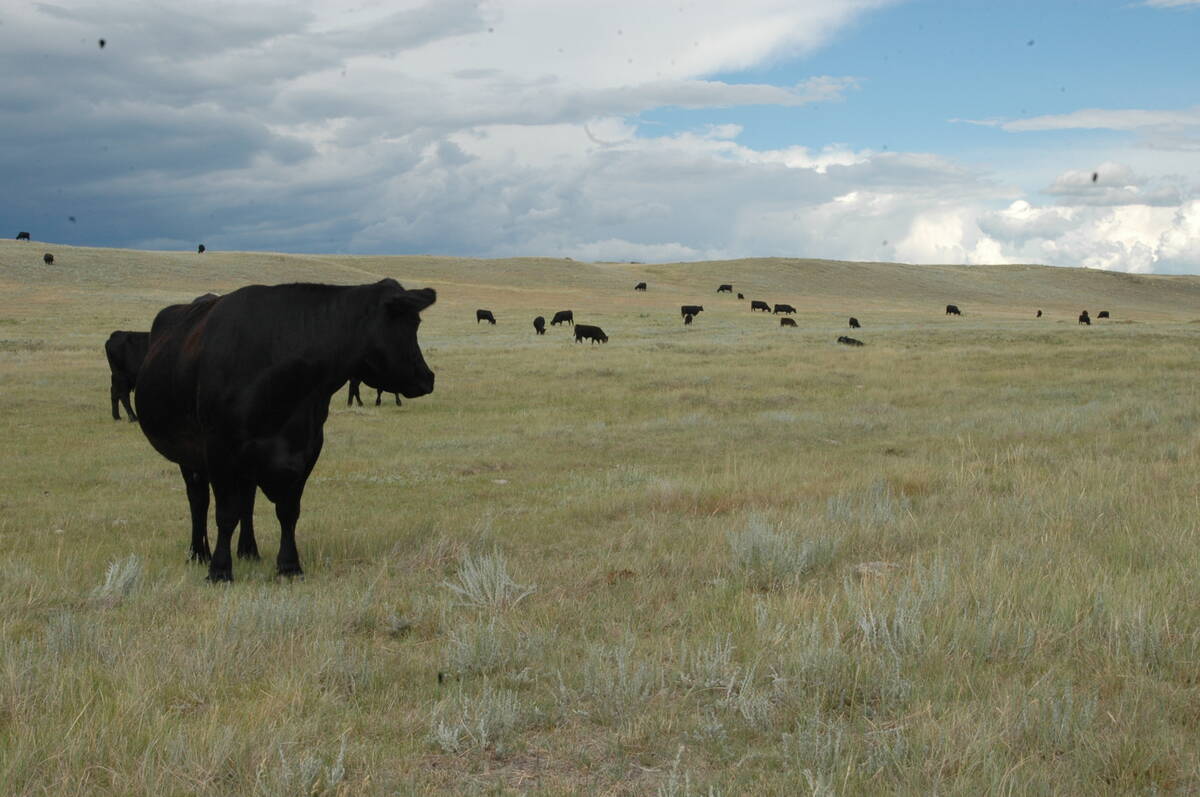In this tough harvesting season, farmers should consider replacing parts that they would have replaced in a year or two anyway.
These include rub bars, a concave or those accelerator rolls on the Gleaner.
No special settings are required for these parts, but some settings will need attention.
Return settings are a concern in a difficult year. Do you want to thresh it the first time or do you want to do it the second or third time it comes around?
A typical operator sets the concave cylinder and sieves the way he would usually set them for that crop. Then he starts combining and notices he has too much of a return.
Read Also

Saskatchewan Cattle Association struggles with lower marketings
This year’s change in the provincial checkoff has allowed the Saskatchewan Cattle Association to breathe a little easier when it comes to finances.
If he is operating a Massey combine, he is probably plugging the rethresher, especially if the crop is a little tough. He could also show losses over the shoe, especially on the left side.
He might blame it on the cleaning sieve being too tight and decide to send more of it into the grain tank. Now he gets a dirty sample but accepts it because it’s a tough year.
However, there is a way to find out where the debris is coming from and solve the problem.
First, set the sieves so everything goes into the grain tank and nothing in the returns.
This allows the operator to see what kind of a job he is doing the first time the grain goes through the threshing arc.
Make this as well as possible, but it will probably be necessary to add filler plates to the concave.
You may find that you can run the cylinder rotor faster in tough conditions.
When doing the best job possible, set the sieves to clear up the sample. It isn’t well enough if you still hear the front end growl in a combine such as the 8560 or 8570.
There might be a cracking problem usually attributed to a speed issue. It is caused instead by excessive returns.
Rotor losses can be solved by speeding up the rotor, but you may feel you can’t do this because of damage to the grain. With the return problem solved, the rotor can run faster and losses will be reduced.
Operators can solve a lot of problems by threshing everything the first time around.
Rotor loss can also be dealt with by bringing the cage up tight against the rotor.
On the Gleaner, look at the accelerator rolls. If they aren’t doing their job, the material will pile up and block part of the separation area, resulting in rotor loss.
Canola is a special crop because it is normally carried out with the trash rather than blown out the back.
The trick is to open the sieves enough that it puts air through that pile of trash and lets the seeds fall out onto the shoe. I have occasionally pointed the chaffer fins forward on the Gleaner, which worked well.
Henry Guenter is a former service manager for Massey Ferguson. Contact: insidemachines@producer.com.















